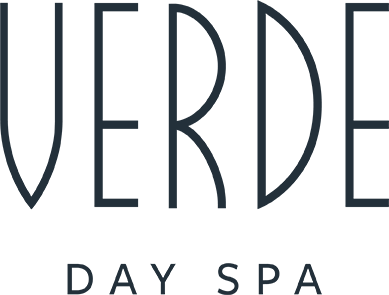Running often seems like the most sensible choice when thinking about incorporating physical activity into your life. After all, for running we don't theoretically need a lot of gadgets, accessories, passes etc. Unfortunately, however, every amateur runner knows from personal experience that the beginnings are not easy in this sport either.
Before we even go for our first run, it is worth asking ourselves what our starting form is, because it is on this that we can build a strong habit of regular running. If we want to increase distances and pace too quickly, we may not only become discouraged by the sport, but also acquire many injuries, traumas and overloads.
Even if it is difficult to talk about starting form - because physical activity is limited to shopping and housework - we can try running or slow jogging. Apparently, it's never too late to start running, and according to slow jogging expert Prof. H. Tanaka, "if someone has no contraindications to walking, there are no contraindications to slow jogging". The technique is to run slowly and steadily enough to keep a smile on your face. This may mean a pace much slower than that of some walkers. Watching your own breathing - it should not be accelerated - can help us adjust our speed. It is also a good idea to ensure proper- upright posture with a slightly raised chin. In slow jogging, a soft landing on the midfoot is recommended.
Beginners can start with 10 minutes of jogging, although the best effects of slow jogging can be achieved when you extend the time from 30 to 60 minutes(you can read about the effects of slow jogging, for example, in the book "Holistic health pathways. Be" by Orina Krajewska or in many other interviews with Prof Tanaka). Although if this seems difficult, you can alternate between jogging and walking.
It is also worth trying out marching, or the Galloway method. This method is based on alternating phases of running and brisk walking. Here, too, our initial form is important, as the length of the running and walking phases will depend on it. It is worth remembering not to lead to fatigue during the running phase, but even the opposite - to remain in a state of pleasure.
To begin with, this could mean, for example, 1 minute of running for 3 minutes of brisk walking, repeated as many times as we can. Later, as our form increases, we will increase the running time and decrease the walking time. Of course, the ultimate goal is to get to the point where marching is no longer necessary.
If your starting form is already a little higher - it's a good idea to start running by planning the amount of time you want to spend training. In the beginning, this could be 15 minutes a day. It is a good idea to choose a time so that you don't tire yourself out and are able to observe how your body reacts to the run. This kind of conscious sporting activity will help us to build better form, but also to prevent injuries later on. Here, not only the heart rate will be very important, but also the way we land (it is important not to land on our heel), the positioning of our feet, knees, hips and the work of our hands. It may seem difficult at first and it is worth giving yourself time to like this activity. Some people always choose different routes, but in my opinion it's worth running the same route in the beginning to see your ability increase. It's incredibly rewarding to see how much longer you can run in the same amount of time. But before this happens, it's worth having patience, good music or taking a friend with you.
Once you have decided to increase the time and distance, also remember to introduce days off for recovery.
No matter where you start - remember that every run should be preceded by a warm-up and completed with stretching (possibly a cool-down). This will protect you from injury and enable a smooth recovery. Before the run itself, it is a good idea to prepare your joints, muscles and tendons for the increased movement. Warm up your ankles, knees, hips, torso and shoulders. As a warm-up, you can also consider a brisk walk, with back and forth arm swings or skipping.
At the end of a workout, experts recommend stretching, others to choose mobilisation, rolling, cool-down (understood as, for example, a 10-minute walk at the end of a running workout), etc. It is worth trying out all the options and choosing the one that seems best to you. However, it is not worth abandoning this final stage altogether, because instead of strengthening the body, we will be weakening it.





